9 state elections held in 2023


In the short video clip that was recorded by Instagram user Zibran, an electric car is seen parked at a...


In the video Dolly is seen arriving in a car at Burj Khalifa. As he gets down, he is accompanied...


Manisha Koirala, who is making a comeback with 'Heeramandi', spoke about declining a Yash Chopra film.


Atif Aslam’s reaction towards his female fan was praised by a number of individuals who were attending the concert and...


President Draupadi Murmu presented the Padma Bhushan awards to veteran actor Mithun Chakraborty and legendary singer Usha Uthup in New...


Yashasvi Jaiswal looked in top class form as he was the top-scorer of Rajasthan Royals with 104 runs off 60...


The official spokesperson of Ranveer Singh has confirmed that anFIR has been lodged by the Cyber Crime Cell.


The makers of Kalki 2898 AD finally released Amitabh Bachchan's first look as Ashwatthama on April 21.


Google celebrated Earth Day 2024 with a special doodle featuring an aerial view of our planet's biodiversity.


Tiger Shroff recently dropped an inspiring video from his rigorous workout session and flaunted his muscular biceps


India captian and Mumbai Indians star cricketer Rohit sharma criticised the impact player rule and sad that he is not...


Rinku Singh asked Virat Kohli for another bat after breaking the one he received after the last KKR vs RCB...


Anand Kumar shared a picture with Sandeep Chaudhary in a heartfelt post and wrote that many such incidents have happened...
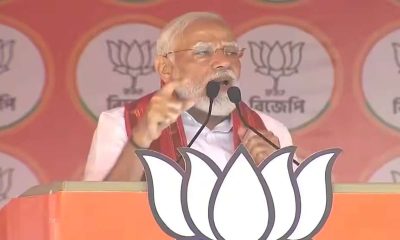

PM Modi slammed Congress during a rally in Chhattisgarh, ahead of the Lok Sabha elections 2024
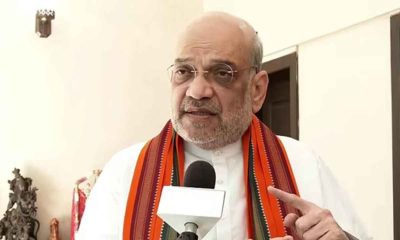

Amit Shah revealed the BJP's target for West Bengal and said they have set a target of winning 35 Lok...
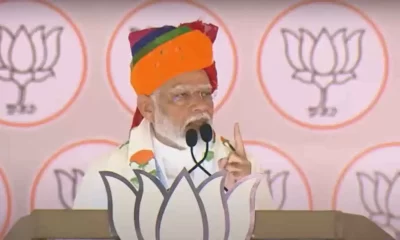

PM Modi was addressing an election rally in Rajasthan's Tonk-Sawai Madhopur, on a day as India celebrates Hanuman Jayanti.
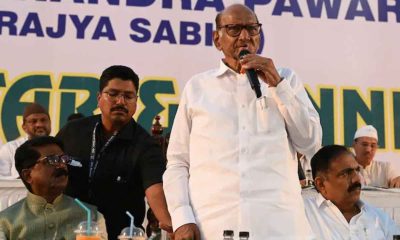

Sharad Pawar said that former prime ministers worked to make a new India but PM Modi only criticises others and...
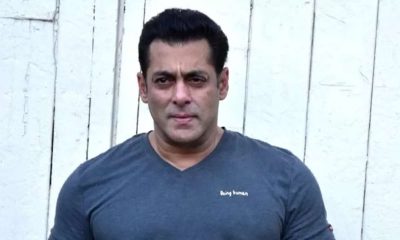

One gun and some cartridges have been recovered from the Tapi river in Surat by the Mumbai Crime Branch in...
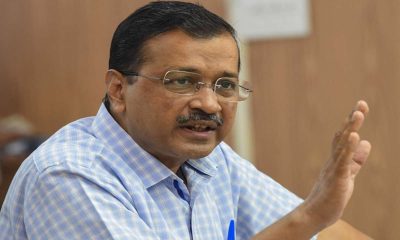

Finally, the BJP and its jail administration came to their senses and gave insulin to CM Arvind Kejriwal in jail,...
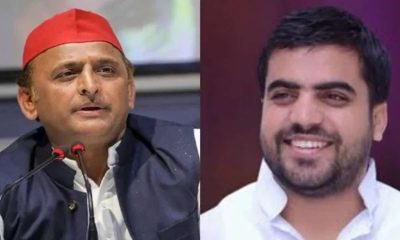

The Samajwadi Party (SP) has fielded Tej Pratap Singh Yadav for the parliamentary seat in Uttar Pradesh, putting an end...
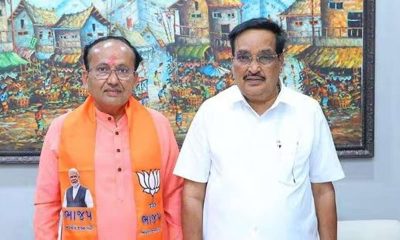

BJP's Surat Lok Sabha candidate Mukesh Dalal has won the seat unopposed
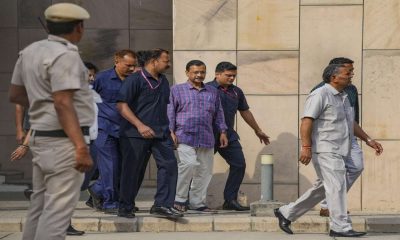

Delhi Chief Minister Arvind Kejriwal, jailed in the now-scrapped liquor policy case, said he had been requesting insulin daily due...
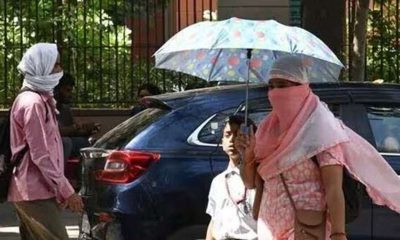

The India Meteorological Department (IMD) has predicted that Odisha, Bengal, Jharkhand, Bihar will continue to face severe heatwave over next...
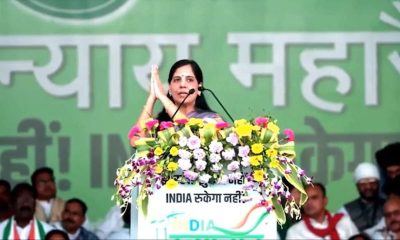

Addressing the INDIA bloc's rally in Ranchi, Sunita Kejriwal lashed out at the Centre and claimed conspiracy to kill her...
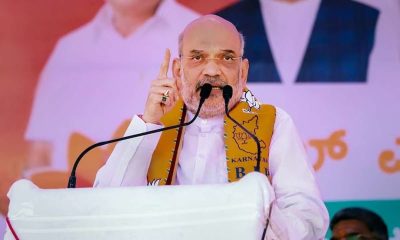

Union home minister Amit Shah will be campaign is expected to start at 4:30 pm today


Top leaders of the Opposition INDIA bloc will attend the mega Ulgulan (uprising) Nyay rally in Ranchi today


The Maidaan actor took to his X and instagram handles and posted a picture with his daughter. Ajay was seen...
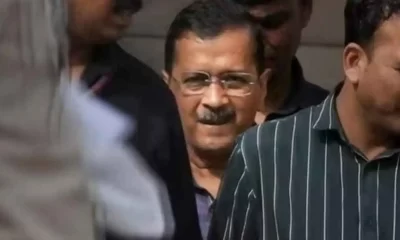

Saurabh Bharadwaj also slammed the Tihar administration, BJP, Centre and Delhi LG and held them responsible for denying insulin to...


Congress leader Rahul Gandhi said these BJP people are saying that they will secure this many or that many seats...


























































































































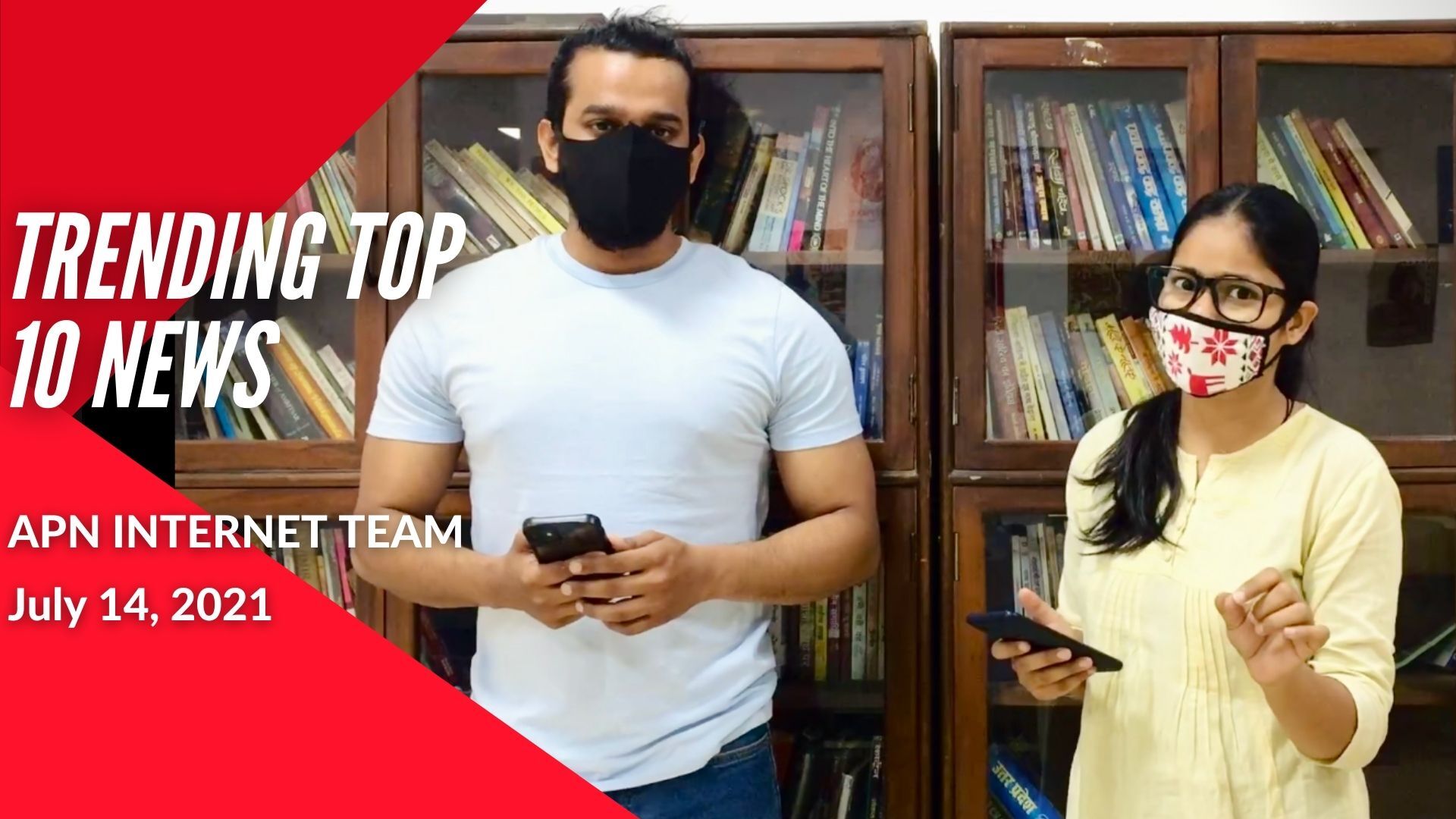










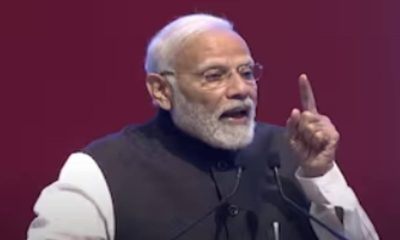

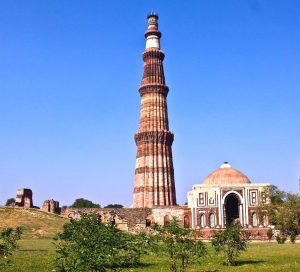
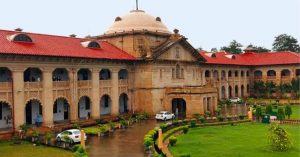



APN News is today the most watched and the most credible and respected news channel in India. APN has been at the forefront of every single news revolution. The channel is being recognized for its in-depth, analytical reportage and hard hitting discussions on burning issues; without any bias or vested interests.
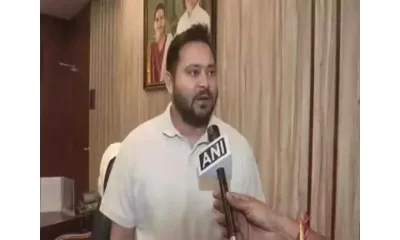

Tejashwi Yadav said the INDIA Bloc had held block wise meetings and the feedback that has come is very good...
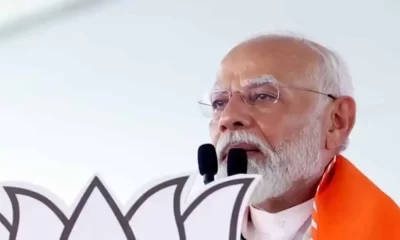

PM Modi is currently on a visit to Maharashtra for election campaigning, and is campaigning for Mahayuti's candidates from the...


KL Rahul who had not converted his starts into big innings during the tournament finally lived up to the expectations...
© Copyright 2022 APNLIVE.com